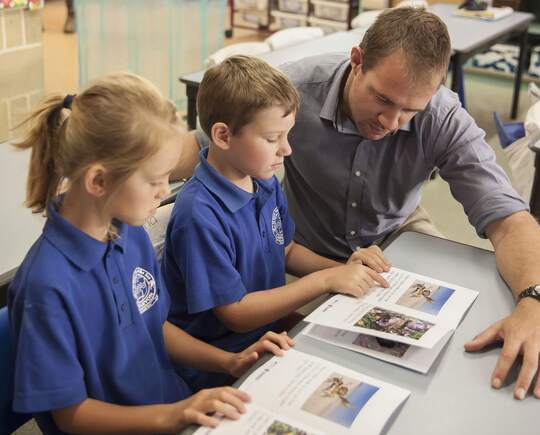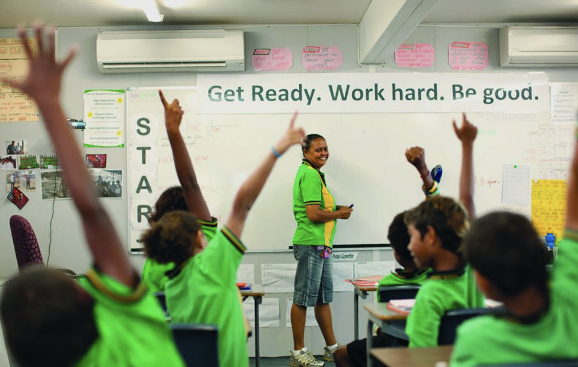About Us
Good to Great Schools Australia is an innovative, not-for-profit organisation that develops and supports the delivery of effective teaching and learning to every child.
For over a decade, we have successfully delivered evidence-based programs to a broad range of school environments.
As a non-profit, we provide this free service thanks to the investors, funding, and strategic partnerships that are on a journey with us to make good schools great!
We offer all schools and teaching professionals free use of our range of evidence-based curricula, professional learning modules and school improvement tools.
We support schools along their improvement journey to transition from Poor to Fair, Fair to Good, Good to Great, and on to Excellent.

Our Vision
Our vision for all Australian children is that they attend schools that develop their full academic, cultural, creative, sporting and civic potential to enhance their education and life opportunities.

Our Mission
Our mission is to support schools to develop great teachers, delivering effective teaching to every child. We support schools on their improvement journey to lift education outcomes for all Australian students.
The Education Challenge for Australia
We have been successfully delivering evidence-based programs across different school environments for over 10 years.
Through an early focus on disadvantaged students, we have proven our program’s effectiveness in the most challenging case scenarios.
Future Jobs
Digital technology is changing our world and economy. Technologies are radically impacting how we live and work.
In the next two decades, almost half of all Australian jobs will be disrupted by technology. Automation will eradicate many low-skill jobs and reduce the number of professional careers.
Australian schools must offer an education that prepares students for future jobs, providing students with the skills to thrive in a changing economy.
Young people need various skills that span technical capabilities, critical thinking capacity and character qualities.
The foundations for education start in primary school with literacy and numeracy. Students first learn to read and write and continue to read to learn more.
Along the way, they master critical thinking, develop their character and learn how to adapt and thrive in our ever-changing world. They also continue to adopt new technology.
Australians agree that education is the key to national advancement. Thus, we need to ensure that every school can meet the needs of every child.


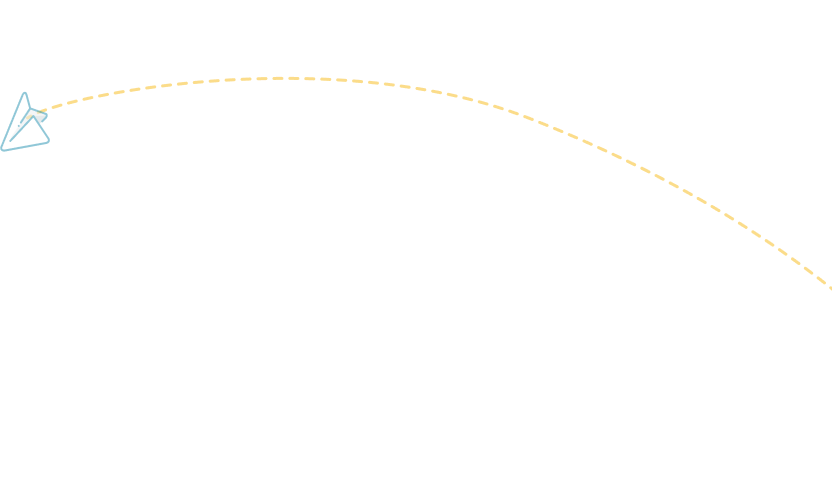
Australian Schools
Despite Australia’s significant investment in education, education is failing too many students. Australia once had one of the top 10 best-performing school systems but now sits in 25th and continues to decline.
Australia is a long way from being able to deliver consistently good schools. Up to a third of Year 3 students across Australian schools do not meet minimum literacy and numeracy standards. Children who do not have basic literacy will never be able to reach their potential.
Twenty per cent of high-performing schools fail to meet every child’s basic literacy and numeracy needs. Schools in remote, rural and regional communities are also struggling.
There is a significant education equity gap in Australia between the city and the bush, the affluent and the poor, Indigenous and non-Indigenous. This gap is the worst of any industrialised democratic society, and it is not closing.
To maintain its place in the industrialised world, Australia needs to reverse the decline and shift from a Good but highly inequitable school system to a Great school system.

The Learning Bell Curve
Every student cohort forms a bell curve. Bell curves reflect that all children have different levels of development, aptitude, ability, progress and achievement relative to each other.
The ideal curve is a long head and a short tail, so when a school is achieving, the lowest performer is at or above the national minimum standard.
The research is clear: when taught effectively, all students can become literate respective to the mean.
The role of schools is two-fold:
- Keep shifting the curve to the right.
- Shorten the tail as much as possible and bring the lowest achievers close to the mean.
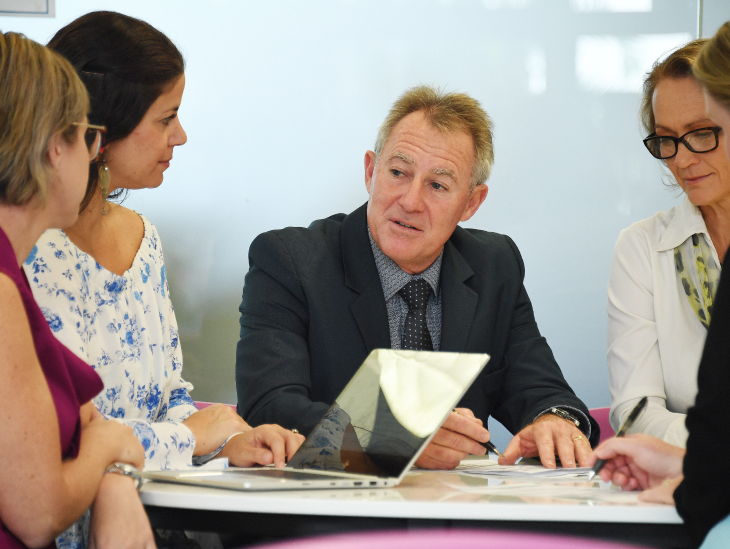
Starting School Improvement
McKinsey & Company’s (2010) landmark report, How the World’s Most Improved School Systems
Keep Getting Better, studied 20 education systems at different levels of improvement.
It describes how schools around the world that started with poor performance became good. From this, they became great and some even excellent. This shows that even the most challenging school systems and subsystems can improve from any point on the poor and excellent continuum.
The report sets out how leaders started by clarifying what performance stage they were at according to their student outcomes. They then put the right interventions in place to achieve the desired improvement in student outcomes for each stage of their improvement journey.
Learn More
- These systems implemented a set of common practices, regardless of their different historical, economic and cultural contexts. The two most crucial success practices focused on effective teaching that employs explicit instruction and the development of teacher instructional skills.
- Before studying McKinsey’s work, GGSA had gotten the same results with the Cape York Aboriginal Australian Academy schools. GGSA partnered with McKinsey on a model that combined these learnings to develop a school improvement system for Australian schools.
- While school systems have invested in setting improvement frameworks with their schools, they have not led to systematic improvement. That is because they are too generic and do not respond to the school’s starting point on their improvement journey, or the instructional needs of the students, nor the professional learning needs of the teaching teams.
- An improvement approach needs to be more targeted to where a school sits on the performance scale. Australia’s education system can achieve a tectonic lift in performance by targeting the problem areas and focusing on what works best. The three distinct school clusters need three distinct approaches:
Lift Poorly-Performing Schools
Implement a customised proven Poor and Fair school improvement framework across struggling schools. Set a 5–10-year turnaround plan for each school that is in line with a goal plan.
Prompt Stagnant Schools in the Middle
Adopt proven instructional practices that accelerate all students but ensure that the bottom 20 per cent are getting their foundations in place.
Free up Great Schools to Become Excellent
Remove impediments and offer more autonomy to consistently great schools so they can continue to do what they do best.
Improving Australian Schools
Shifting schools along the improvement metric is the key to national advancement.
It is possible to turn around a school in five years. But even with the best resources and intentions, school improvement is hard to drive and difficult to achieve.
School leaders can benefit from additional expert support. GGSA has a proven approach built specifically for Australian schools that supports them to implement evidence-based improvements that guarantee improved teaching quality and sustained student gains.
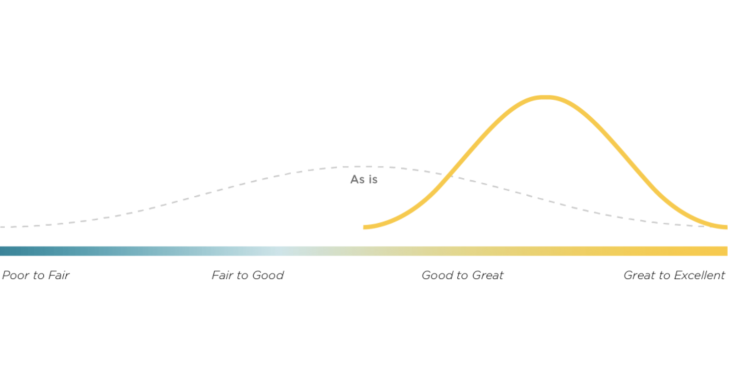
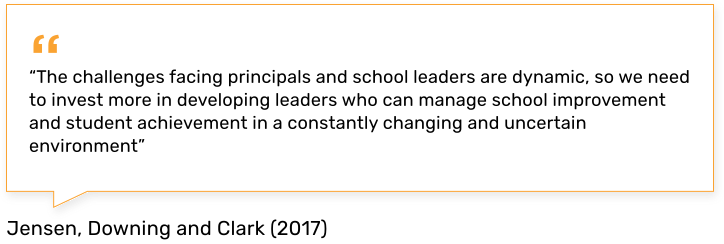
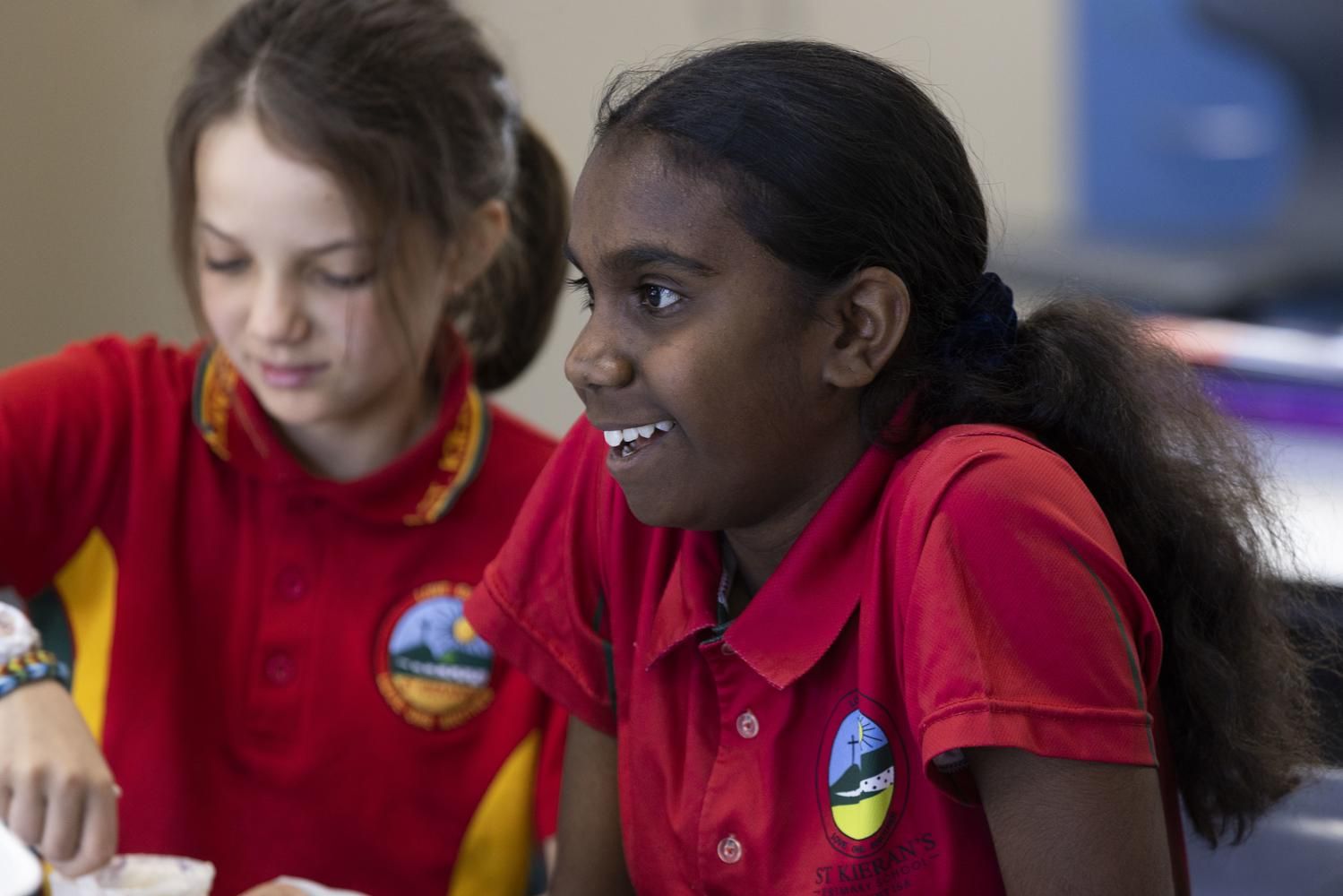
GGSA supports school leaders to drive performance by:
- embedding good school practices that endure for the long term
- leading instruction across every classroom in the school
- developing a school culture of high expectations for every student and for every teacher to meet these expectations
- embedding standards of behaviours across the school community
- managing the school’s operations but placing their focus on being effective instructional leaders.
Our Growing School Network
Join Our Growing Network of Schools
Use our comprehensive range of evidence-based effective teaching resources across curriculum, professional learning and school improvement by joining our free network.
Storylines
Share your school’s success and see how other schools are succeeding with Good to Great Schools Australia’s range of curriculum, professional learning and school improvement programs in our Storylines Group.
Literacy in Remote Schools Program
Twenty-five schools participating in the Literacy in Remote Schools Program experienced significant growth in all NAPLAN literacy areas (reading, writing, spelling, and grammar and punctuation) compared with all Australian and very remote Indigenous schools.
Schools involved in the program from 2015 to 2017 averaged the following growth:
42%
in Writing, compared to 13% Australian average growth
and 24% growth for very remote indigenous schools.
67%
in Spelling, compared to 23% Australian average growth
and 48% growth for very remote Indigenous schools.
124%
in reading, compared to 19% Australian average growth
and 34% growth for very remote Indigenous schools.
180%
in Grammar, compared to 15% Australian average growth
and 28% growth for very remote Indigenous schools.
School Partnerships



